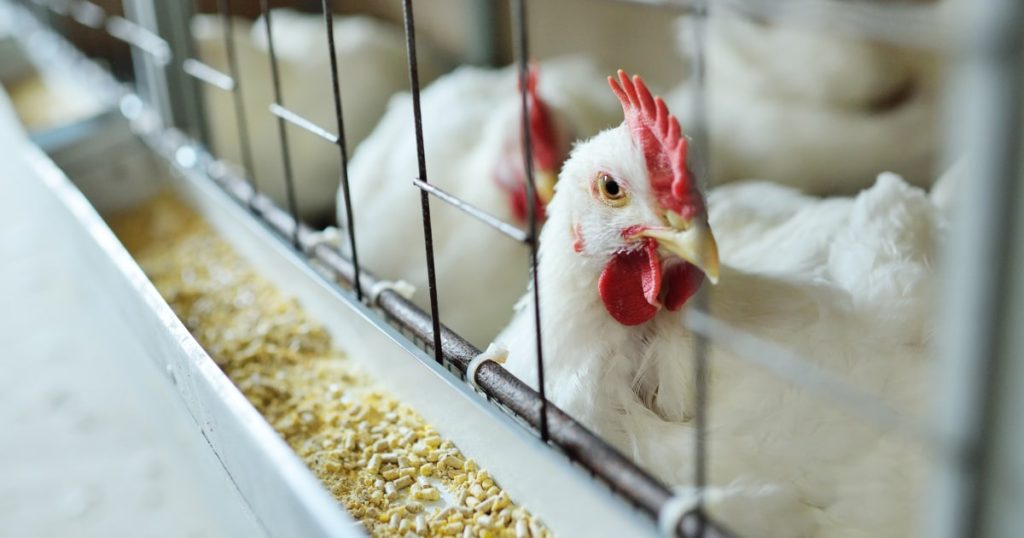A second person in the United States has tested positive for avian influenza, or bird flu, as part of a global outbreak among poultry and other animals. A highly contagious strain of avian influenza A (H5N1) has been confirmed in dairy cows in nine U.S. states and two people. An Australian child was also recently infected with bird flu. The U.S. Centers for Disease Control and Prevention confirmed a second human case of H5N1 in a farmworker on a dairy farm in Michigan. This is the first time this strain of H5N1 has been detected in cows and the first instance of cow-to-human transmission.
Australia reported its first human case of H5N1 in a child who became infected while traveling in India. The child developed a severe infection but has since fully recovered. The recent human case in Australia was caused by a highly pathogenic strain of H5N1, but not the same one causing the outbreak in the U.S. No known human-to-human spread has occurred, but health officials are closely monitoring the situation. Occasionally, bird flu viruses spread to mammals and rarely to humans, causing varying levels of severity in infections.
Symptoms of bird flu in humans can range from mild flu-like symptoms to severe illness requiring hospitalization. Signs may include fever, cough, muscle aches, headache, fatigue, shortness of breath, diarrhea, nausea, vomiting, and eye redness. In some cases, bird flu can lead to pneumonia, respiratory failure, and other complications. Laboratory testing is required to diagnose an infection with bird flu viruses. It is important for people to seek medical attention if they experience symptoms after contact with birds.
Transmission of bird flu viruses to humans is rare and typically occurs through contact with infected birds or environments contaminated with the virus. Infected birds can shed the virus in saliva, nasal secretions, mucus, and feces. People can become infected by inhaling the virus or through contact with infected birds. Human-to-human transmission of bird flu viruses is extremely rare and has primarily occurred through close contact between symptomatic individuals. Scientists are monitoring the viruses for any changes that may increase the risk of transmission.
Preventing bird flu involves avoiding direct contact with wild birds and visiting poultry farms. In situations where contact with poultry is necessary, individuals should wear protective gear such as masks and eye protection and wash their hands thoroughly. There is no evidence that bird flu can be contracted from properly prepared and cooked chicken, eggs, or beef, as well as pasteurized milk. The risk of contracting bird flu is low overall, but it is important to take precautions and seek medical attention if symptoms develop after contact with birds.


